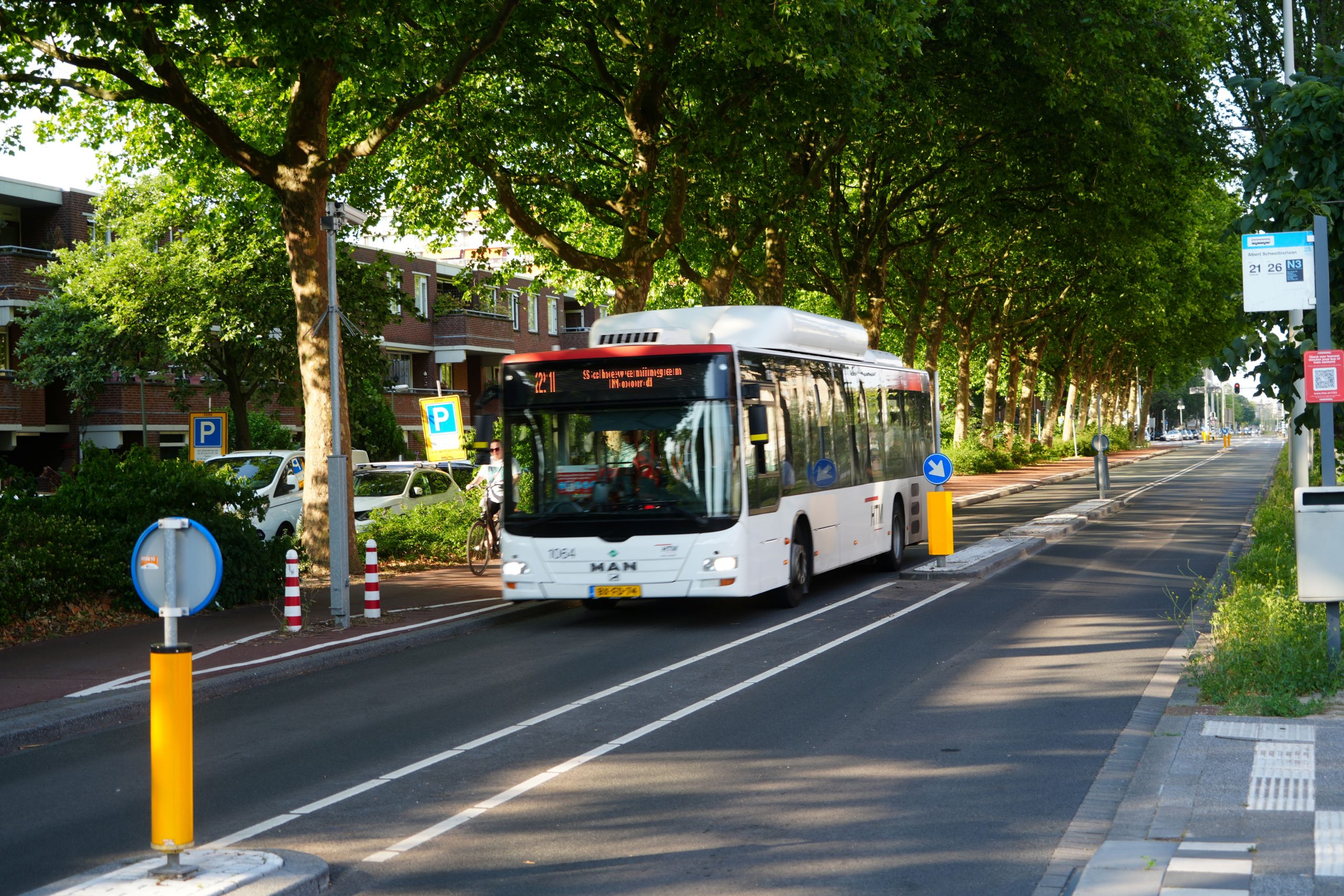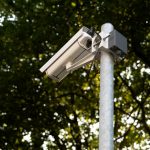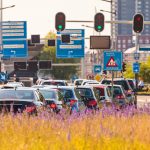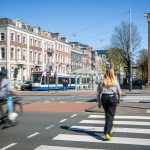
Eight practical suggestions for implementing smart access
The author, Paul van Koningsbruggen, is Director of Mobility at Technolution. This text is a slight adapted version of an article in NM Magazine.
Foto: Essencia Communicatie
Putting in place selective access measures to a city or inner city requires a complex process of weighing the interests of different but overlapping groups of road users. How do you ensure that you include all factors in the decision-making process? And how do you keep the selective access measures truly smart, using the means required, including digital means, intelligently? Paul van Koningsbruggen has eight practical suggestions on how to do this.
Eight suggestions
- Explain the selective access measure.
- Include selective access in traffic education.
- Supply data on zones and corridors in a uniform way.
- Provide alternatives, such as parking places or onwards transportation.
- Make sure that the road and the environment lend themselves to the selective access measure.
- Monitor compliance and enforce the measure.
- Permit exceptions and be forgiving.
- Evaluate the selective access and adjust it if necessary.
Perspectives
Fortunately, making integrated decisions on prioritizing interests is part and parcel of our job. Traffic safety experts developed an interesting approach to this question years ago. They create order in the chaos of factors and interests by looking at the problem from four perspectives: the human perspective, that of the mode of transport, the infrastructure perspective, and that of monitoring and enforcement. It works – so why not take a leaf out of their book? In this article, we will be looking at the challenge of selective access from these same four perspectives.
The human perspective
Let’s begin with the human perspective. The important thing is to raise awareness that selective access is something that benefits us all. Motorists ultimately are also pedestrians or users of shared bikes in the city. So it’s not about ‘me’ being restricted in ‘my’ right of access, but about my access restricting others in the exercise of their rights. This can be translated into two tips.
Tip 1: Explain the selective access measure. Spell out what access restriction you are putting in place where, when, for whom and – above all – why. This requires more than just putting up a bunch of traffic signs on a pole. It’s much better to use digital information panels that show who is permitted in that area at what time, and therefore also who isn’t. Communicate clearly. Don’t say ‘You are approaching a low-emission zone’, but ‘No polluting vehicles in this area’. And make sure that a digital overview is available of access-restricted areas and corridors across the city – or ideally the country – including the reasons why.
Tip 2: Include selective access in traffic education. Ensure that the how and why, and above all the necessity and reasonableness, are made very clear. The lobby for car use is strong and it should be countered.
Tip 3: Supply data on zones and corridors in a uniform way. We can also take selective access itself one step further. By supplying data about areas and corridors in a uniform way, route and transport planners can take restrictions into account in advance and plan their routes and journeys around them. This requires a national open database of the George and Melvin type, but one that has a wider range and includes all zone types. Such a database can be easily combined with a national digital overview of restricted access zones, as mentioned in tip 1.
The mode of transport perspective
This brings us to the mode of transport perspective. A new era has begun with the electrification of modes of transport: one with less air pollution in the city. But electric vehicles take up just as much space as petrol or diesel cars. From this perspective it might therefore still be necessary to restrict access to vehicles and ask travelers and/or delivery drivers to change modes. Hence the following:
Tip 4: Provide alternatives, such as parking places or onward transportation. For example in the form of P+Rs on the edge of the city, with public transport stops and an adequate number of shared bikes. Or create a hub for distribution in the city, so that the inner city can be provisioned by freight bikes. This does require a service-oriented approach, including technology to monitor parking places, loading bays, shared bikes etc. (are there any available, are they being used properly?), and offer travelers and delivery drivers the possibility to book and pay for these alternatives online.
The infrastructure perspective
Mode of transport is followed by infrastructure.
Tip 5: Make sure that the road and the environment lend themselves to the selective access measure. If the lay-out of a street invites people to stroll, cycle, or spend time there, road users are more likely to feel that big trucks, old diesel cars, parked cars etc. have no place there.
In addition, the communication about selective access should also be appropriate to the road and the environment. We’ve already mentioned that putting up six traffic signs on a pole is not ideal, but even one, more complex sign can be too much at a busy intersection with lots of mixed traffic. Using the surface of the road itself – like a bike icon on the road surface to indicate that it’s a bike lane – can be helpful. Ultimately, the ideal situation is that all transitions to different zones are organized and indicated in a uniform manner across the country, and even across Europe.
The monitoring and enforcement perspective
Then there is the monitoring and enforcement perspective.
Tip 6: Monitor compliance and enforce the measure. Selective access should always go hand in hand with monitoring and enforcement. It is important to motivate motorists and fleet owners who consciously participate and co-invest in selective access, for example by switching to electric vehicles – and you can do this by demonstrating that non-participants are actually barred from the restricted area. Digital number plate recognition is indispensable for enforcement. And this means it is important to ensure that your city or country has access to the registration registers of other EU countries.
Tip 7: Permit exceptions and be forgiving. At the same time, acceptance of selective access can be stimulated by offering exemptions and by adopting a forgiving attitude. This can be done in the form of ‘yes, provided that’ permits. Say a construction project in the city requires a building crane that is too heavy or too large. An exemption that includes instructions about the route to be followed and the loading bay to be used could be a logical exception. It is important that applying for these permits is easy: in addition to a physical service desk, a (national) digital portal should be set up for this.
And of course we’re all human, and humans make mistakes. The road or public space manager could immediately apply sanctions. But why not give first offenders a warning: ‘we noticed your car was there and there at such and such a time; you weren’t allowed there at that time; now you know; there will be a fine for any future infractions.’
In addition to derogations, cities can also work with credits. Take a situation in which selective access measures are put in place to ensure that only residents can park. The city could then give residents a number of credits that they can use to allow visitors to park in the neighborhood. This prevents an overload of applications for exemptions and makes selective access smoother. It puts the human dimension back into monitoring and enforcement.
In conclusion
Tip 8: Evaluate the selective access and adjust it if necessary. To close the circle: evaluate the performance of the selective access measure and the impact it has on the street. And if necessary, adjust the system of selective access, enforcement etc. on the basis of the evaluation. Adjustments like these can be legally complex, but they are important to keep the access restriction credible.
Approaching and gradually adapting the concept of selective access from various perspectives in this way means creating a well-functioning system. A system that is understood, that supports groups of users, and has sufficient support among the population – and that can truly be called smart because of its targeted and effective use of technology.



